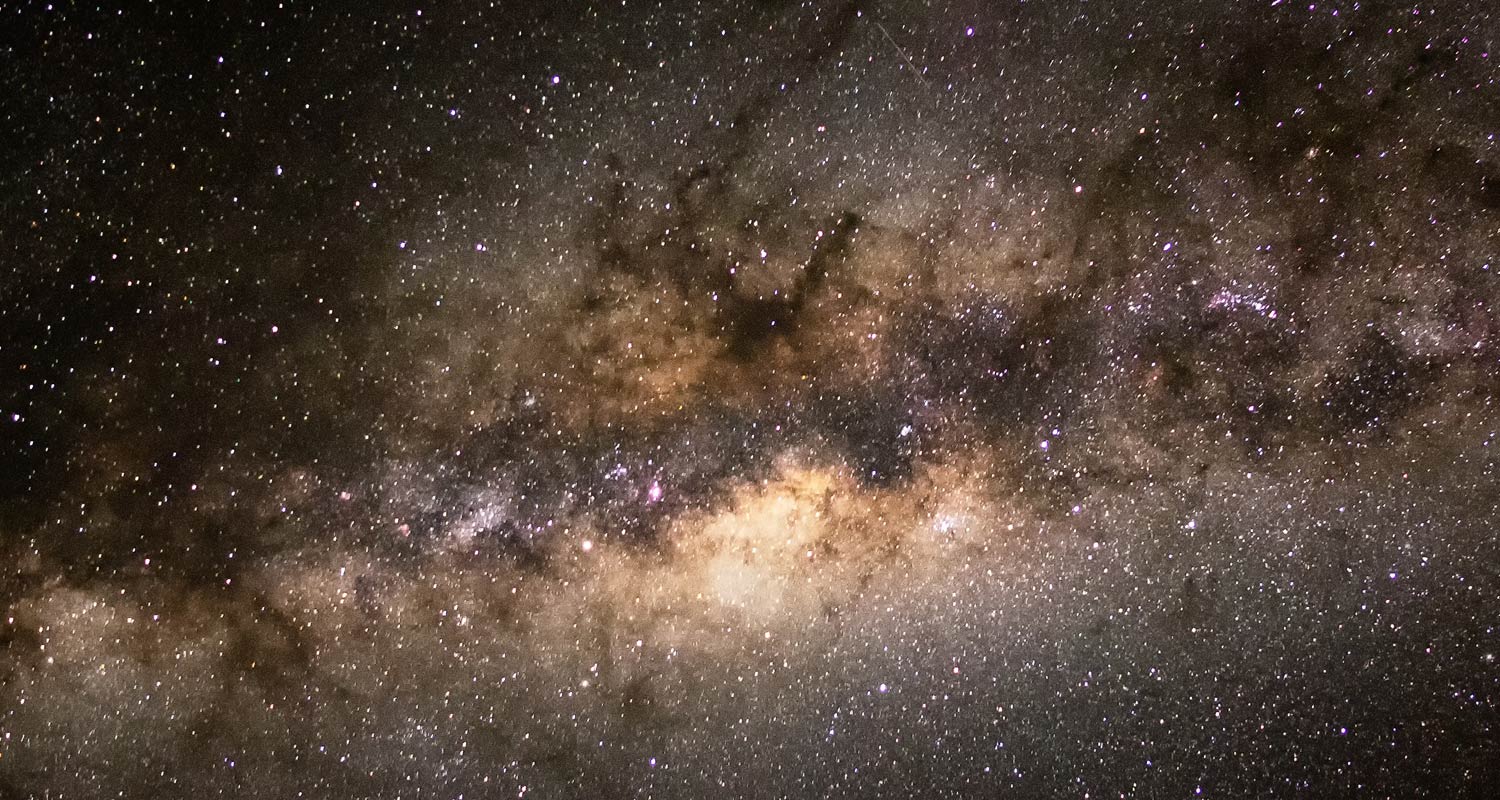 Scientists consider round 85% of the matter within the cosmos is made from invisible darkish matter, which has solely been detected not directly by its gravitational results on its environment.
Scientists consider round 85% of the matter within the cosmos is made from invisible darkish matter, which has solely been detected not directly by its gravitational results on its environment.
My colleagues and I – a crew of some 250 scientists from around the globe engaged on a darkish matter experiment known as Lux-Zeplin (or LZ) – gave reported our newest findings from the lengthy quest to find precisely what this darkish matter is made from.
We have now not but discovered the elusive particles we consider darkish matter consists of, however we have now set the tightest limits but on their properties. We have now additionally proven our detector is working as anticipated – and may produce even higher outcomes sooner or later.
What’s darkish matter?
When astronomers have a look at the universe, they see proof that the seen matter of stars, fuel and galaxies will not be all there’s. Many phenomena, resembling how briskly galaxies spin and the sample of the residual glow of the Massive Bang, can solely be defined by the presence of enormous quantities of some invisible substance – darkish matter.
So, what is that this darkish matter made from? We at present don’t know of any sort of particle that might clarify these astronomical observations.
There are dozens of theories that goal to clarify darkish matter observations, starting from unique unknown particles to tiny black holes or elementary modifications to our idea of gravity. Nonetheless, none of them has but been confirmed right.
Probably the most common theories suggests darkish matter is made up of so-called “weakly interacting huge particles” (or Wimps). These comparatively heavy particles may trigger the noticed gravitational results and in addition – very not often – work together with peculiar matter.
How would we all know if this idea is right? Properly, we expect these particles have to be streaming by means of Earth on a regular basis. For essentially the most half, they may move by means of with out interacting with something, however every now and then a Wimp may crash instantly into the nucleus of an atom – and these collisions are what we are attempting to identify.
A giant chilly tank of liquid xenon
The LZ experiment is situated in an previous goldmine about 1 500m under floor in South Dakota within the US. Putting the experiment deep underground helps to chop out as a lot background radiation as attainable.
The experiment consists of a giant double-walled tank crammed with seven tonnes of liquid xenon, a noble fuel chilled all the way down to a temperature of 175 kelvin (–98°C).
If a darkish matter particle smacks right into a xenon nucleus, it ought to give off a tiny flash of sunshine. Our detector has 494 mild sensors to detect these flashes.
After all, darkish matter particles aren’t the one issues that may create these flashes. There’s nonetheless some background radiation from the environment and even the supplies of the tank and detectors themselves.
 A giant a part of determining whether or not we’re seeing indicators of darkish matter is disentangling this background radiation from something extra unique. To do that, we make detailed simulations of the outcomes we might count on to see with and with out darkish matter.
A giant a part of determining whether or not we’re seeing indicators of darkish matter is disentangling this background radiation from something extra unique. To do that, we make detailed simulations of the outcomes we might count on to see with and with out darkish matter.
These simulations have been the main focus of a lot of my half within the experiment, which started once I began my PhD in 2015. I additionally developed detector monitoring sensors and was chargeable for the combination and commissioning of the central detector underground, which started gathering information in 2021.
Drawing the web tighter
Our newest outcomes present no indicators of darkish matter. Nonetheless, they allow us to rule out lots of prospects.
We discovered no traces of particles with lots above 1.6 × 10–26 kilograms, which is about 10 occasions as heavy as a proton.
These outcomes are primarily based on 280 days’ value of observations from the detector. Finally, we goal to gather 1 000 days’ value – which can allow us to seek for much more elusive potential darkish matter particles.
If we’re fortunate, we’d discover darkish matter turns up within the new information. If not, we have now already begun to make plans for a next-generation darkish matter experiment. The XLZD (Xenon-Lux-Zeplin-Darwin) consortium is aiming to construct a detector virtually 10 occasions greater that might permit us to trawl by means of much more of the house the place these ubiquitous but elusive particles could also be hiding.![]()
- The creator, Theresa Fruth, is lecturer in physics, College of Sydney
- This text is republished from The Dialog beneath a Artistic Commons licence
Don’t miss:
Wits researchers pioneer new technique to seek for darkish matter